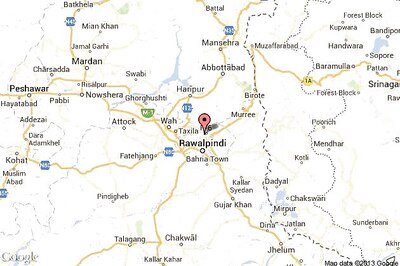
views
Houston: With Hindi steadily emerging as a “strategically” important language, schools in Texas are introducing the first Hindi textbook for high school students in the United States.
The 480-page Namaste Ji is a “labour of love” that took Indian-origin teacher Arun Prakash almost eight years to develop. Prakash moved to Houston, Texas in the US for education and business in the ‘80s.
When he first began teaching Hindi at the school in 1989, only eight students signed up for the class, seven of whom were of Indian origin.
“Initially, I was offered just $15 a day, which barely covered the gas money,’’ he says. Prakash had no proper teacher training or worksheets to work with which inspired him to write the book. The novice teacher invented his own lessons, writing them by hand until he got a computer equipped with a Hindi font.
Over the years, Prakash has stuffed countless photocopies into binders for his students. But in the upcoming year, for the first time, the Hindi students will get a hardcover textbook written by Prakash.
For decades, high school students in the US have been able to take classes in Latin, Spanish, French and even German. But as India becomes a bigger economic power, interest in its native tongue is growing and Texas state, with the fourth largest Hindi-speaking population in the US, is poised to become a leader in Hindi instruction.
The interest in learning Hindi is growing as the government has recognised a vital need for more speakers of strategically important languages,’’ said Herman Van Olphen, director of the Hindi Urdu flagship programme at the University of Texas at Austin, who served as an adviser on the book.
The university received a $700,000 grant last year to start the first nationally sponsored institute designed for graduate students fluent in the main languages of India and Pakistan.
“The desire to bring Hindi and Urdu down into the high school level is expanding, but it’s not quite there yet,’’ said Darlene Bosking, programme coordinator of UT’s Hindi Urdu flagship. “Some of it has to do with getting a constituency together to say, ‘we really need this’, and it’s probably a matter of priority and funding.’’




















Comments
0 comment